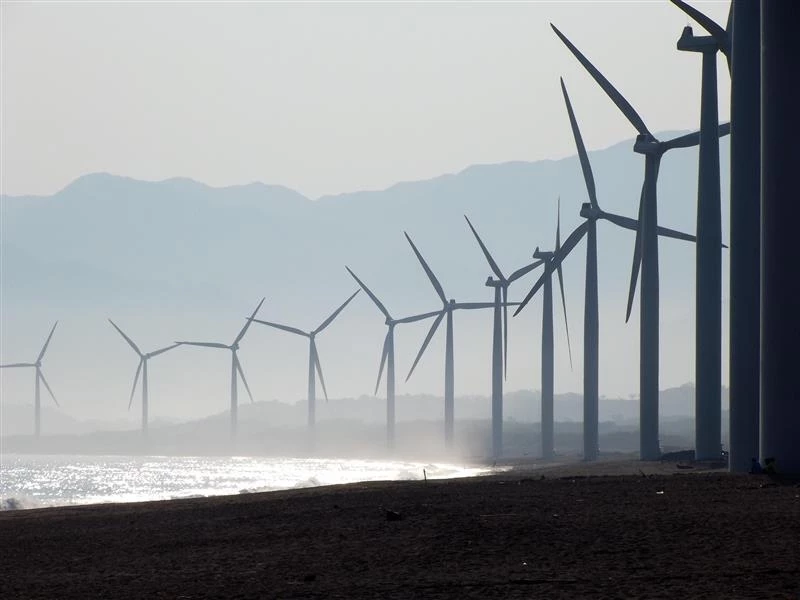The long-awaited agreement between Indonesia and Australia named the Indonesia-Australia Comprehensive Economic Partnership Agreement (IA-CEPA), builds on commitments to reduce tariffs on export commodities as well as offer numerous investment incentives. Under the existing free trade agreement of ASEAN-Australia-New Zealand Free Trade Agreement (AANZFTA), IA-CEPA will allow nearly 99% of Australia's goods exports to enter Indonesia duty-free or with significantly improved preferential agreements, while all Indonesia's goods exports will enter Australia duty-free. In addition, the agreement is also expected to improve the conditions and climate for two-way investment among suppliers and investors in Indonesia and Australia.
Indonesian government targets to cut the trade deficit that reached US$ 1.3 billion last year, as well as secure investments from the neighboring countries in maintaining a sustainable GDP growth, by building stronger bilateral trade and investment ties with Australia. The deal should open up bigger opportunities for local players in Indonesia especially in textile, consumer goods, and machinery industries, according to domestic standpoint. Moreover, Indonesia can also gain benefit from the investment coming from the healthcare and technology industries.
Targeted sectors to grow
The collaboration between the countries will be the first step of realization of becoming the economic powerhouse, both for Indonesia and Australia, and to contribute more towards the global value chain to fulfill global demand. This is also based on the basic principle of IA-CEPA which is to create a win-win framework between the neighboring countries. By having the capacity of sourcing raw materials and higher quality labor, Indonesia is projected to be a manufacturing powerhouse. The total export to Australia is forecasted to keep increasing continually, as recent reports have stated that over 7,000 Indonesian products will enter Australia without tariffs.
Through the new agreement in reducing the current textile export tariff to 0%, Indonesian garment players could boast wider trading opportunities in the future, as Australia recorded US$ 263 million textile imports from Indonesia in 2017. Indonesia's textile exports to Australia comes in fourth just below Vietnam (US$ 271 million), India (US$ 488 million), and Bangladesh (US$ 640 million), showing that room for growth is still available.
The free trade agreement with Australia is also expected to play a crucial role in Indonesia's fast-moving consumer goods (FMCG) sector, whose players are seeking to diversify their export destinations. This trade deal will likely facilitate Indonesian companies to achieve an increased output number and maintain market domination on consumer goods imports, as data recorded that Australia imported US$ 1.4 billion of consumer goods from Indonesia in 2017.
Australia's gross domestic product has been generated from infrastructure industries, which accounted for 10% of total GDP, and the government has committed more than US$ 35 billion for current and future public infrastructure investments. According to our data, one of Australia's top import in 2018 was machinery, primarily bulldozers, and excavators. Nonetheless, Indonesia only boasted 11.9% of the total market share, thus it would be a compelling expansion target for local Indonesian players.
Opportunities from Australian investments
Numerous privileges will be given to the Australian businesses in setting up a stronger presence in Indonesia as one of the key points agreed in the FTA. Future investments are most likely to happen in several sectors, including healthcare, which currently witnesses lack of trust in terms of local system and infrastructure. The shortage in our health infrastructure – both medical equipment and resources, is expected to be addressed through Australia's investments in the healthcare sector. The potential investments are also expected to make up for the revenue lost from outbound medical tourism, with over 500,000 Indonesian people travel overseas to seek medical treatment annually.
While for the technology sector, Indonesia presents a significant growth in the start-up ecosystem due to the deeper penetration of the Internet, smartphones and social media in the country. Direct investment by Australia could further leverage the start-up ecosystem in Indonesia, which has successfully produced four start-up unicorns. Indonesia's start-up investment has grown 68 times, going up to US$ 1.4 billion in 2016, and leaping to US$ 3 billion in the first eight months of 2017 over the past five years. Therefore, the FTA between the two countries is projected to open wider opportunities for Australian investors to access Southeast Asia's biggest economy.
A possible drawback of agreement
There are also several lookouts for Indonesian business owners from the IA-CEPA agreement, despite numerous opportunities to capture. One of the distinct elements which must be considered is the inflow of new players entering the Indonesian market. This agreement could potentially saturate the domestic market with foreign products and services, along with the possibility to dilute the domestic players' share in the market, as the agreement highly encourages Australian business owner to have a commercial presence in the country,
In addition to that, with Indonesia still considered a risky country to trade and invest due to the changing political factors as well as other legal complexities. legal uncertainty and the political dispute could also result in an unfavorable outcome for Australian investment. The scheduled Presidential election in April is bringing competing discourse between economic nationalism and economic liberalism in the country. Ensuring that the rights of Indonesian companies and industry players are going to be protected after the FTA has been enacted and come into force next year is currently the utmost priority for the government and the House of Representatives of Indonesia.
Working towards the free trade deal
Australia is not considered as the easiest market to enter, Although it poses a remarkable opportunity for growth. Here are some go-to-market strategy tips worth bearing in mind as the trade deal coming into force next year:
First, Indonesian players looking to enter the Australian market should work with on-boarding local distributors who possess the market knowledge and the network in the targeted industry. With the familiarity of the operation and familiarity of the product needs to be provided by the local insights, this strategy will help to take measures on tackling market uncertainties,
Alternately, any interested companies should better go for building a joint venture set-up with a local Australian player in order to speed up the business establishment process. Through this method, Indonesian entities should be able to expand their presence to Australia without having to take many business risks as a result of the nature of the agreement.






